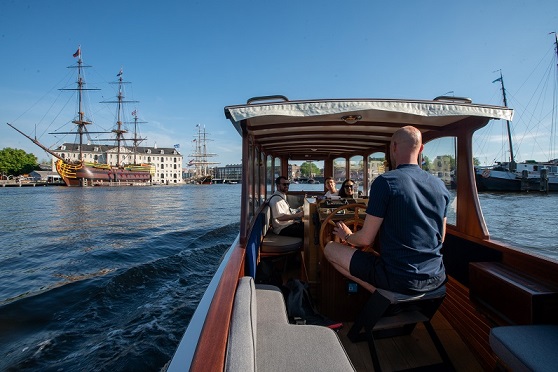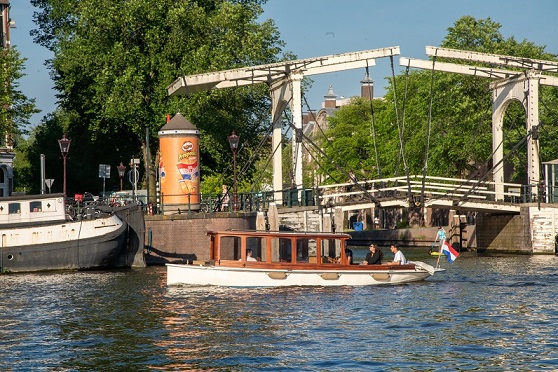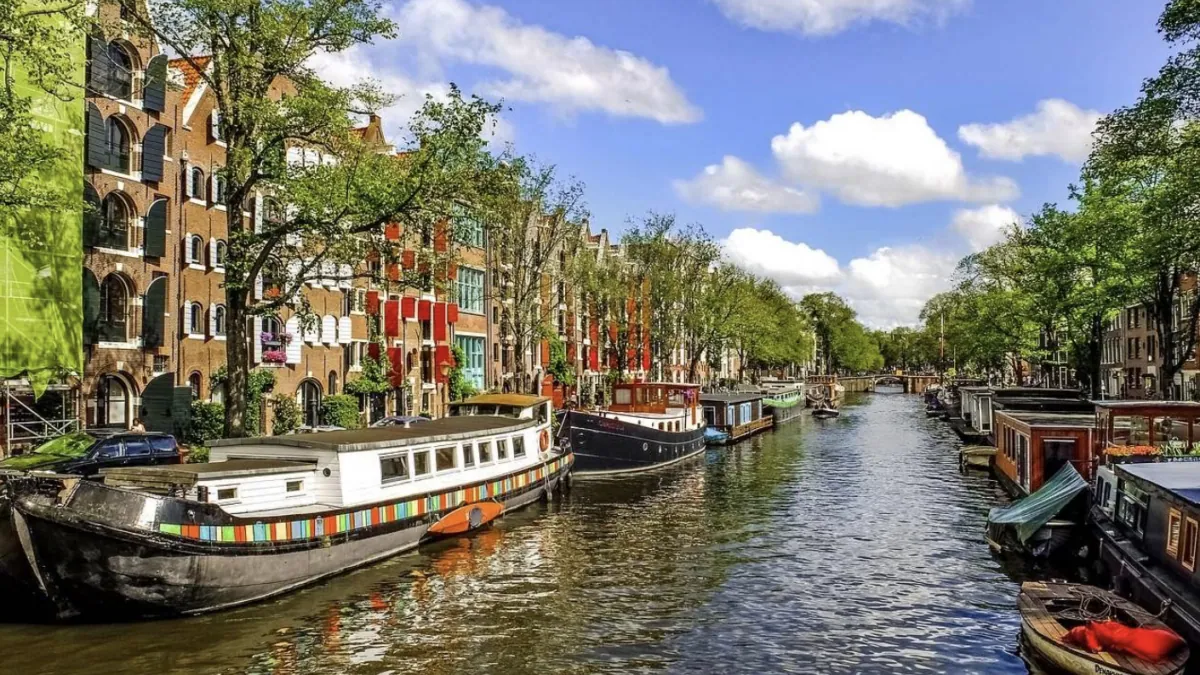
-
by admin
Amsterdam canal system – all you need to know about the charming canals
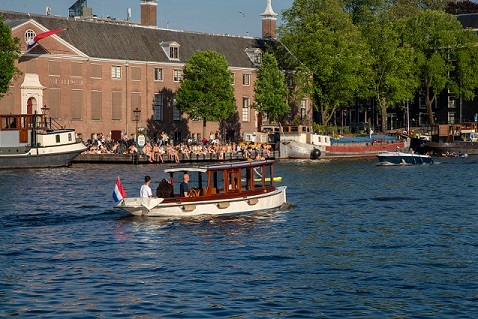
1. Why does Amsterdam have canals?
Amsterdam canals primarily due to urban planning and water management needs. The canals were constructed in the 17th century during the Dutch Golden Age to facilitate trade, transportation, and water drainage. They also served as a defense system for the city.
2. How many canals are there in Amsterdam?
Amsterdam boasts an extensive network of 165 canals.
3. When were the Amsterdam canals built?
The construction of Amsterdam’s canals began in the early 17th century and continued over the following decades.
4. What is the purpose of the canals in Amsterdam?
The canals were initially constructed for trade, transportation, and defense purposes. Over time, they also became crucial for water management and drainage.
5. How long are the Amsterdam canals?
The combined length of Amsterdam’s canals is approximately 100 kilometers (about 60 miles).
6. Which canal is the widest in Amsterdam?
The widest canal in Amsterdam is the Prinsengracht.
7. How deep are the Amsterdam canals?
The average depth of the Amsterdam canals is around 3 meters (about 10 feet).
8. How many islands are there in the Amsterdam canals?
There are around 90 islands within the Amsterdam canal system.
9. What is the significance of the Canal Ring being a UNESCO World Heritage Site?
The Amsterdam Canal Ring, a UNESCO World Heritage Site since 2010, represents a unique example of urban planning and architectural achievement from the Dutch Golden Age.
10. What is the purpose of the houseboat culture along the canals?
Houseboats in Amsterdam serve as unique residential spaces and are a distinctive feature of the city’s canal lifestyle.
11. How many bridges span the Amsterdam canals?
Amsterdam has over 1,500 bridges that cross its canals, connecting various parts of the city.
12. Which canal is famous for its picturesque views and iconic canal houses?
The Keizersgracht canal is renowned for its picturesque views and elegant canal houses.
13. How do the canals contribute to flood control in Amsterdam?
The canals in Amsterdam play a vital role in managing water levels and mitigating the risk of flooding.
14. Are there regulations for boating and cruising on the Amsterdam canals?
Yes, there are regulations in place to ensure the safe and responsible use of the canals, including speed limits and designated routes for larger vessels.
15. How has the purpose of the canals evolved over the centuries?
While initially built for trade and transportation, the canals now serve as cultural, recreational, and residential spaces, contributing to Amsterdam’s unique character.
16. Can you swim in the Amsterdam canals?
Swimming in the canals is generally not recommended due to water quality and safety concerns. Designated swimming areas are available for those interested in water activities.
17. How do I get around Amsterdam?
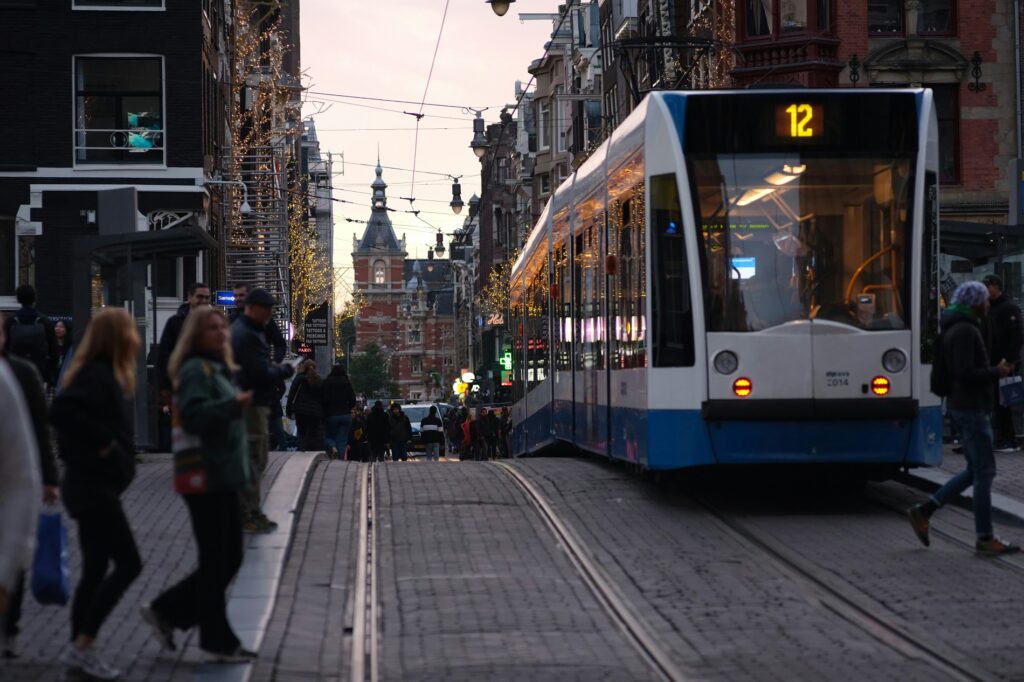
Amsterdam offers an efficient and diverse transportation system. Visitors can navigate the city by walking, cycling, using public transportation (trams, buses, and metro), taking taxis, or utilizing ride-sharing services. The city is known for its bike-friendly infrastructure.
18. How many bridges does Amsterdam have?
Amsterdam boasts over 1,500 bridges, connecting various neighborhoods and crossing its extensive network of canals. The bridges play a crucial role in facilitating pedestrian and cyclist movement throughout the city.
19. Is the water in Amsterdam safe to drink?
Yes, the tap water in Amsterdam is safe to drink and of high quality. It meets rigorous standards set by Dutch health authorities.
20. How is the water quality maintained in canals?
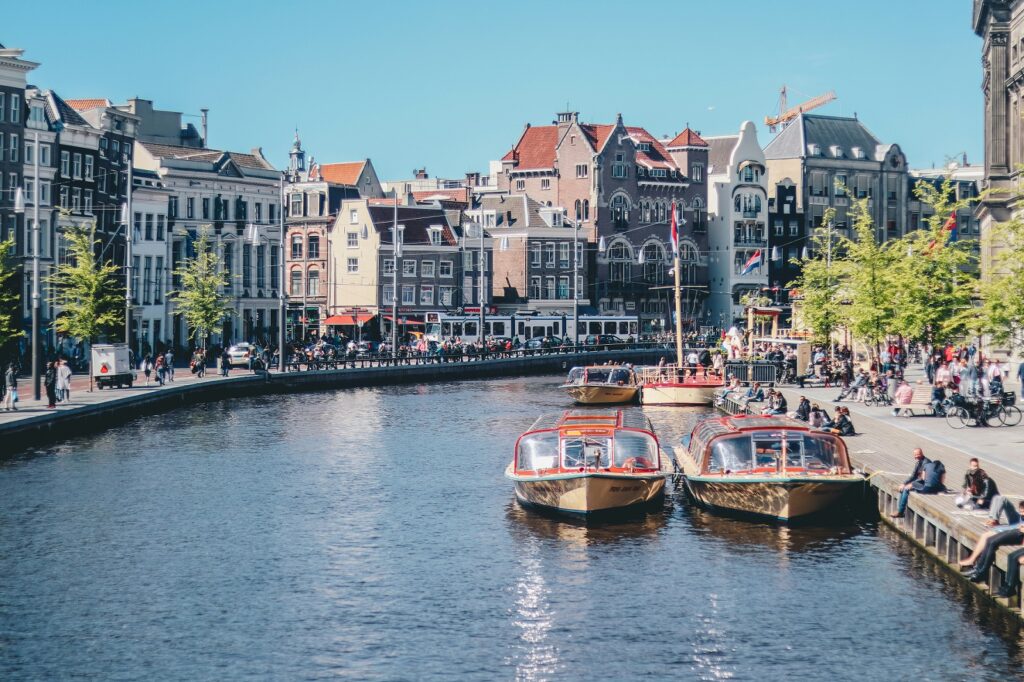
The water quality in Amsterdam’s canals is monitored and maintained through regular testing and environmental initiatives. Efforts include waste management, pollution prevention, and water treatment.
21. Can you swim in the Amsterdam canals?
While swimming is discouraged due to safety concerns and water quality, designated swimming areas are available, and some organized events permit controlled swimming.
22. Are there any pollutants in the Amsterdam canals?
Efforts are made to minimize pollutants in the canals, but urban runoff and boat traffic can introduce some pollutants. Water quality monitoring helps identify and address potential issues.
23. How is waste managed in the Amsterdam canals?
Waste management in the canals involves a combination of regular cleaning by municipal services, waste collection infrastructure, and public awareness campaigns to discourage littering.
24. What measures are taken to prevent pollution in the canals?
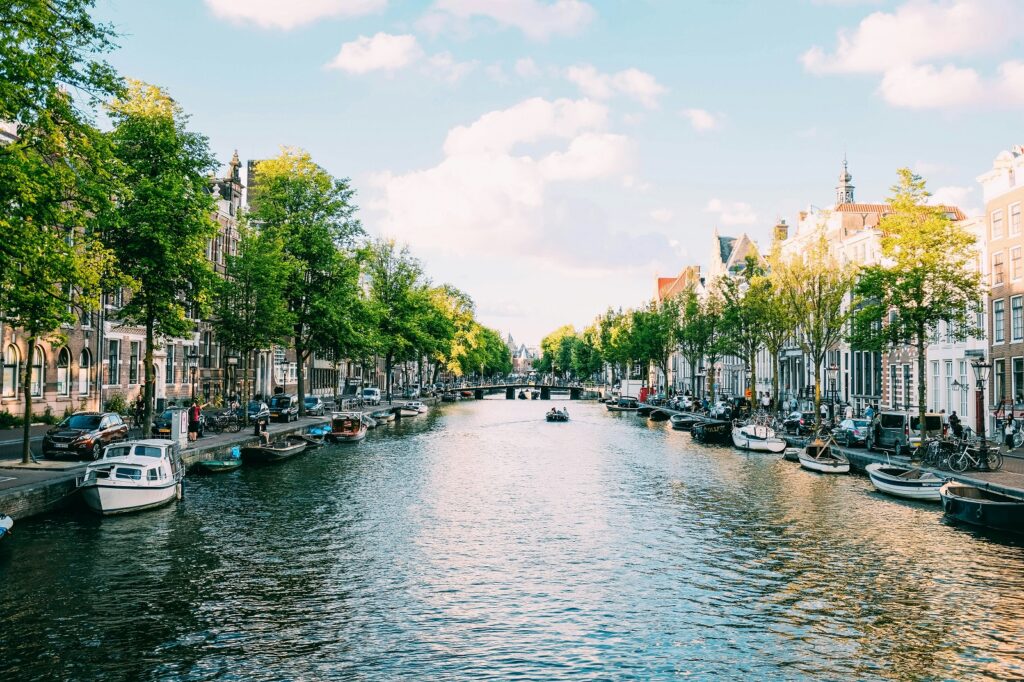
Prevention measures include proper waste disposal, restrictions on certain boat activities, and initiatives to reduce chemical runoff, ensuring the long-term health of the water.
25. Is there wildlife in the Amsterdam’s canals and is it affected by water quality?
Yes, there is wildlife in the canals, including fish and waterfowl. Monitoring and maintaining water quality are crucial to preserving the ecosystem and ensuring the well-being of aquatic life.
26. How does the city address concerns about algae growth in the canals?
Algae growth is managed through ecological measures and water quality monitoring. Efforts are made to strike a balance that maintains a healthy aquatic environment.
27. Are there public awareness campaigns about water quality in Amsterdam?
Yes, public awareness campaigns educate residents and visitors about the importance of maintaining water quality. These campaigns emphasize responsible waste disposal and pollution prevention.
28. What role do residents play in preserving water quality in Amsterdam?
Residents play a vital role by adhering to waste disposal regulations, participating in cleanup initiatives, and reporting any incidents that could affect water quality.
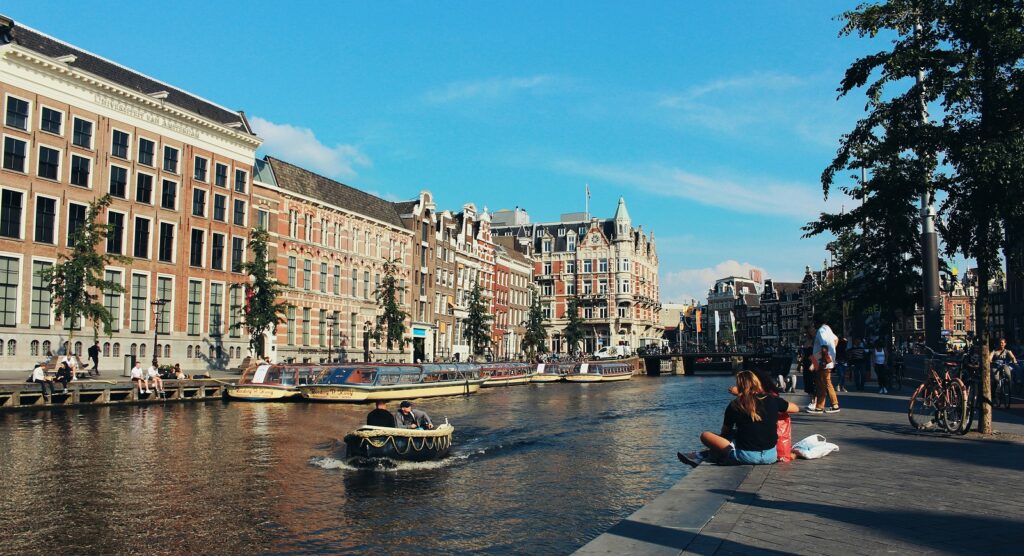
29. Can you fish in the Amsterdam canals, and is it safe to eat the fish?
Fishing is allowed in certain areas, but consuming fish caught in the canals is generally not recommended due to potential contaminants. Signs indicate safe fishing zones.
30. How does Amsterdam address issues related to stormwater runoff and water quality?
Amsterdam employs various stormwater management techniques, such as green infrastructure and permeable surfaces, to reduce runoff and enhance water quality.
31. Is there a risk of flooding in Amsterdam, and how is it managed?
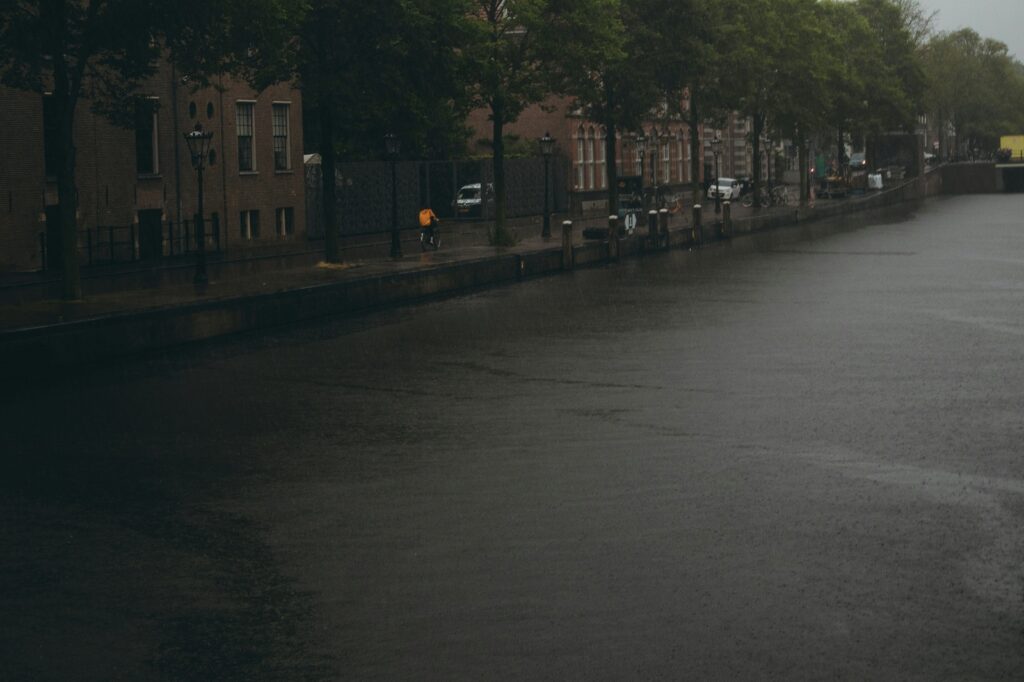
Amsterdam faces flood risks due to its low-lying geography. The city manages this risk through a comprehensive system of dikes, sluices, and water management infrastructure.
32. Are there water quality standards for recreational activities in Amsterdam’s water bodies?
Yes, there are water quality standards that regulate recreational activities. These standards aim to ensure the safety of those engaging in water-based activities.
33. What initiatives promote sustainable water use and conservation in Amsterdam?
Amsterdam implements water conservation programs and sustainable water use initiatives, encouraging efficient water use and minimizing environmental impact.
